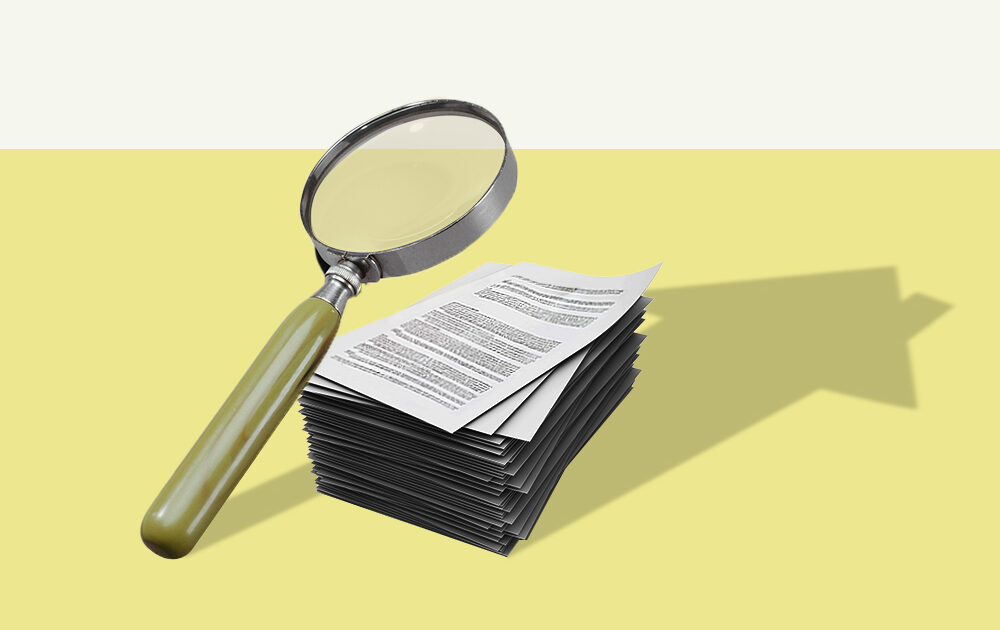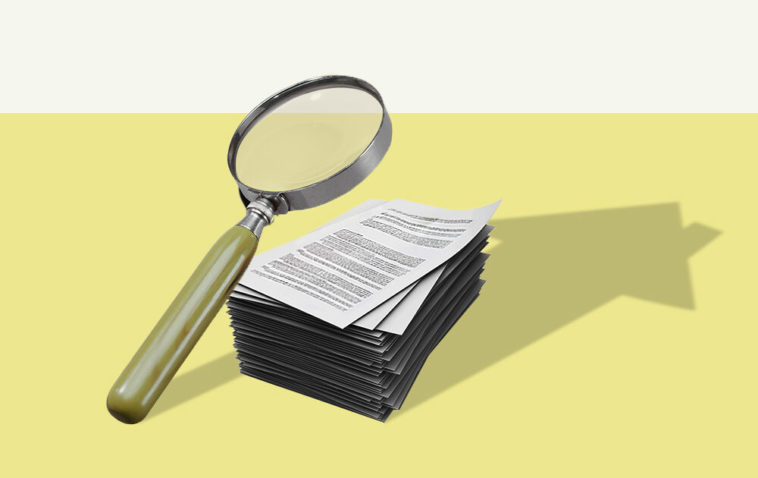10 Hidden Costs of Homeownership

With mortgage -interest rates near record lows and the real estate market booming, you may be on the hunt for a new home purchase this year.
Maybe you’ve worked up a budget to see how much of a monthly payment you can afford. And as you did your home search, you thought to yourself: “I can afford that!”
But what many prospective homeowners don’t account for are the less obvious expenses that go beyond a mortgage payment. These can surprise new homebuyers and their budgets.
“Homeownership is probably one of the biggest things you can do,” says Ketan Parikh, the owner of ReKonnection real estate. “You need to weigh your options and make sure that you’re aware of the true costs, says Parikh.
After speaking to experts, we made a list of 10 out-of-pocket costs associated with buying a new home you may not have expected. This way, you can create a comprehensive budget and find a home truly within your price range.
Pro Tip
For a more comprehensive estimate on what you can afford on housing monthly, try NextAdvisor’s mortgage calculator. It allows you to account for your mortgage payment, plus interest, property tax, homeowners insurance, and HOA fees.
1. Moving Fees
You have to get your stuff to your new place somehow, right? That comes with a cost. It’s an expense many people forget to budget for.
You can hire movers or do it yourself with a rental truck. Moving costs can vary based on how far you’re traveling. The cost to hire professional movers costs an average of $1,366 with factors including rental truck size, how much stuff you have to move, how far you’re traveling, and the season.
2. Closing Costs and Earnest Money
Down payments and closing costs are entirely separate. A down payment is an initial up-front payment made by a buyer. Closing costs consist of all fees associated with closing on a home, including title insurance, appraisal fees, broker fees, and interest. This cost can range between 3%-6% of the purchase price.
Earnest money, or “good-faith” money, is a deposit made by the buyer to prove intent and ability to purchase a house. Typically these funds go towards the closing costs or down payment and can range from 1%-3% of the home value. Earnest money may be higher than you expect. If a bank deems you to be of higher credit risk, it may require more earnest money, says Parikh.
3. Maintenance and Home Repairs
Homebuyers tend to focus on costs such as private mortgage insurance (PMI). Still, the biggest costs are going to be the unexpected events after you acquire the home, says Dr. Jared Pickens, economics and personal finance professor at Texas A&M.
The older the home, the higher the chances of a future home repair. “Older houses can have structural issues that aren’t found in the inspection — the actual biggest hidden costs are things like 20-year old water heaters and 30-year old roofs,” Pickens.
One thing to keep in mind when going from renting to owning, says Pickens, is the extra responsibilities you’re not used to budgeting for. Normally, when you rent, maintenance and repairs costs are handled by the owner, says Parikh. Things like broken air conditioning and water leaks are expensive out-of-pocket costs that come with homeownership. A new air conditioner can run you up to $5,000 easily, says Parikh.
4. Homeowner’s Insurance (HOI)
This is a type of hazard insurance covering any losses to your property or liability coverage from accidents that occur on your property. Proof of homeowners insurance is usually required by your lender. According to the National Association of Insurance Commissioners, or NAIC, the average 2017 yearly homeowners insurance premium cost $1,211. But the amount it will cost you can vary greatly by factors such as home location, so make sure to shop for quotes prior to closing to avoid surprises.
5. Private Mortgage Insurance (PMI)
Private Mortgage Insurance (PMI) is a type of mortgage insurance your lender may require you to pay. PMI applies to homebuyers who make less than the lender’s preferred 20% down payment or with any loan backed by the Federal Housing Authority (FHA). It protects the lender in case the borrower defaults on the loan. For a $250,000 home, PMI could cost you $100 to $200 per month in addition to your mortgage payment.
6. Lawn Care
When switching from an apartment to a house, one of your new responsibilities may be a yard. You can either hire a lawn maintenance company or do it yourself. If you do it yourself, you will need the equipment. Either way, “lawn maintenance may cost around $100 a month,” says Parikh. Some homeowners associations have lawn care service included in its fees. However, that usually means the HOA fees will be more expensive.
7. Homeowners Association Fees (HOA)
Some neighborhoods have a monthly or annual homeowner’s association fee. These fees are collected and managed by the neighborhood HOA. Each HOA can use the funds for things such as ground maintenance, community facilities, and lawn and garden care. This cost is separate from your mortgage and property taxes, so be sure to factor this into your affordability budget.
8. Utilities
If you are moving from an apartment to a new home, your square footage will likely increase. Since it costs more to cool and heat a larger space, you will have a larger utility bill. 2016 data from the Natural Resources Defense Council reports annual utility costs between 1,104 and$2,112. Keep in mind that some of these utilities may ask for an upfront deposit or connection fee to have services started.
Electricity
The U.S. Energy Information Administration states American electric bills average $115.49 per month.
Water and Sewer
Water and wastewater (sewer) fees average around $104 monthly.
Gas
In 2020, the National Foundation for Credit Counseling states that the average gas bill was around $55 per month.
Internet
The features and packaging can affect the price of your internet bill, but the average cost for internet is approximately $60 per month.
9. Property Tax
Aside from your principal mortgage payment, you will have to pay property taxes. Some lenders will roll this into your monthly mortgage payment, but it’s essential to understand this additional cost when your budgeting.
Property taxes can vary significantly based on where the home is located. They can range from $200 to $10,000 per year. When home shopping online, property tax estimates are usually provided on each real estate listing. Or you can ask your realtor or check the county government website.
10. Decorating
When you move, you may not have all the furnishings you need to fill your new space. One commonly forgotten expense is money spent on decorating your new home. If you plan to decorate with new curtains, paint, furniture, etc., make sure to include these into your budget planning since they can add up to a hefty sum.
Published at Wed, 24 Feb 2021 11:30:00 +0000





Comments
Loading…